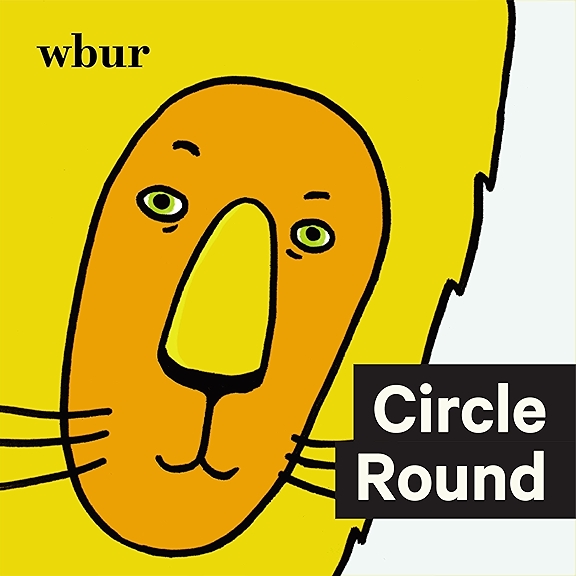
Have you ever played “hot/cold” with your child? It’s good for a laugh, particularly when a child can’t find something in plain sight. But it’s also great at teaching young children flexible thinking, or the ability to adapt to change. As they are searching for the lost item, they are listening to directions and staying flexible when they have to change course.
In this series on executive function, we’ve been looking at ways to help our children build these skills, which include working memory, impulse control and cognitive flexibility. These mental tasks take practice and must be learned and relearned. All the while, you’re laying the foundation for school-age success. Joining Host Jessica Rolph to explain the neuroscience behind flexible thinking is Dr. Stuart Marcovitch, a professor in the Department of Psychology at UNC Greensboro.
Takeaways:
-
While routines help children know what to expect, you can start mixing up the routine a bit at age 4. It gives your child an opportunity to practice flexible thinking. Maybe you brush teeth and then take a bath, instead of the other way around.
-
Games like the Lovevery Reach for the Stars Matching Cards — where you sort by shape, and then code switch to sort the same cards by color — are great for building flexible thinking.
-
Offering children choices is another cognitive flexibility technique, because it allows them to consider various alternatives simultaneously. Stuart recommends offering choices while cooking with your child: Do you want to cut the carrots into rounds or slice them into sticks?
Mentioned in this episode:
Brought to you by Lovevery.com
Receive weekly emails about your child’s development, and stay in the know about new play essentials, promos, and more by signing up at Lovevery.com
Follow Lovevery and Jessica Rolph on Instagram




















